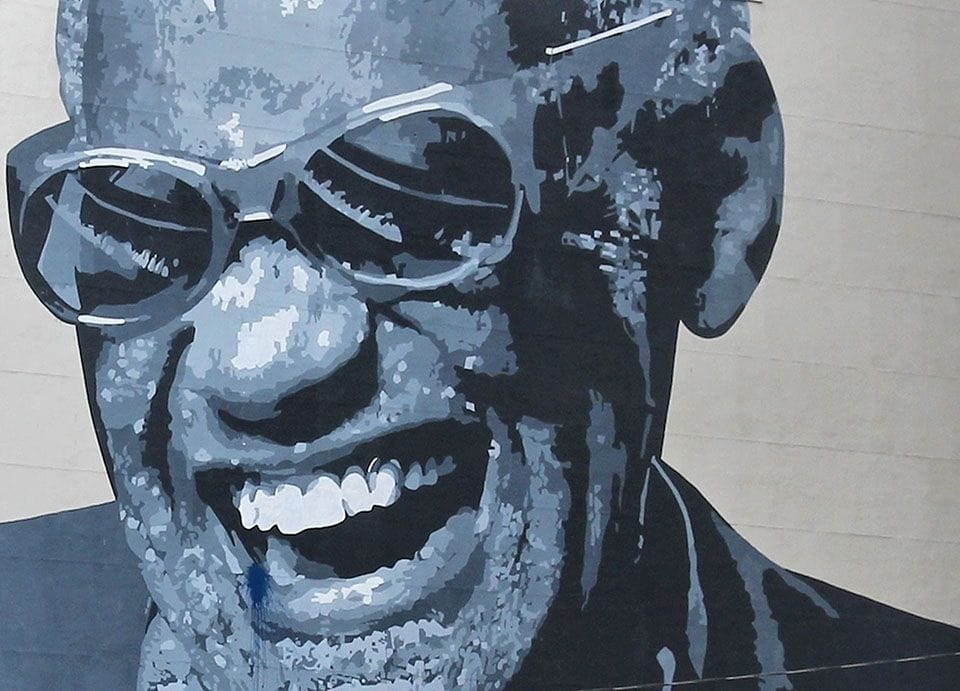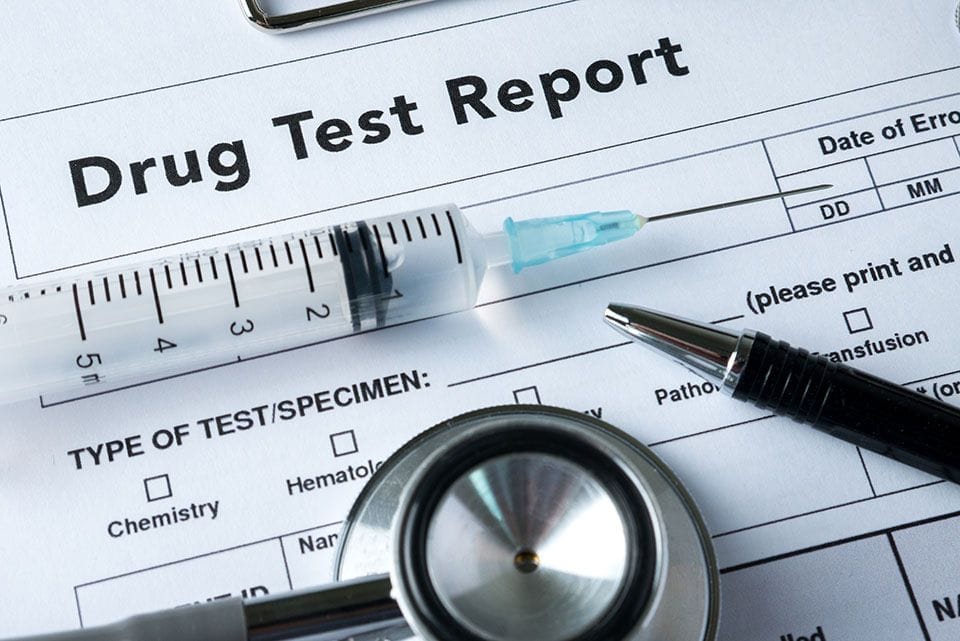In an attempt at self-control, some gamblers self-exclude themselves from gambling venues. But this isn’t as easy as telling themselves they won’t go. That equates to an alcoholic saying they won’t have a drink. It is very difficult to sustain such will power alone. In order to help them break away from their addiction they turn to the place where they are most vulnerable-the gambling facilities. Through self-exclusion, the gambler signs a formal agreement with a gambling facility requesting that the facility not allow the individual to gamble at their site. But gamblers are finding that many facilities are doing a poor job in enforcing the self-exclusion and soon find themselves back on the slot machine stool without any resistance from the House. Not a Sure Win Some gamblers deny they have a problem or ignore it, but a gambler who recognizes their addiction and seeks to treat it has taken a huge step towards recovery. Gamblers who approach gaming facilities are seeking help, and sometimes are walking away disappointed. When their self-control fails, the gaming facility can’t always keep it in check. According to the Gambling Commission, self-exclusion forms rose from 11,500 in 2008- 09 to 20,823 in 2010-11. Some of these forms were from the same person and so the Commission can’t determine exactly how many individuals have tried self-exclusion. After going through a time-consuming process of presenting forms and their passport photo to each individual facility in which they believe them may try to gamble, gamblers hope that they can depend on the facility to stop them from falling back into their addiction. Self-Control Combined With Self-Exclusion While self-exclusion is a beneficial way for a gambling addict to practice self-control, they must maintain this control even if they are allowed into a gambling establishment that promised to keep them out. In 2009-10, the Gaming Commission recorded that self-exclusion failed 10,468 times. This number was double the number recorded in 2008-09. Gambling establishments admit that it is difficult to recognize those on the self-exclusion list and many times gamblers are able to retreat to fixed-odds betting terminals without ever being noticed by anyone at the counters. Only when they come to cash in their winnings do they get caught-after possibly already losing much more than they won. To make it worse, they are also refused their winnings. Gambling Venues Not Legally Responsible To Prevent Gambling A court case in 2008 ruled that although a gambling company had allowed a person on the self-exclusion list to gamble and lose money, they were not penalized. The Gambling Commission’s code of practice also does not penalize facilities for not complying with self-exclusion rules. They cannot lose their machine permit if the self-exclusion has been breached. If the courts and the company do not feel obliged to honor the agreement on self-exclusion forms, then the gambling addict cannot rely on this method as a full-proof way to end their addiction. It is difficult to overcome a gambling addiction alone. Counseling and therapy can be an aid to self-exclusion providing hope, strategy, and support.
Call for Immediate Help:1.844.876.7680


